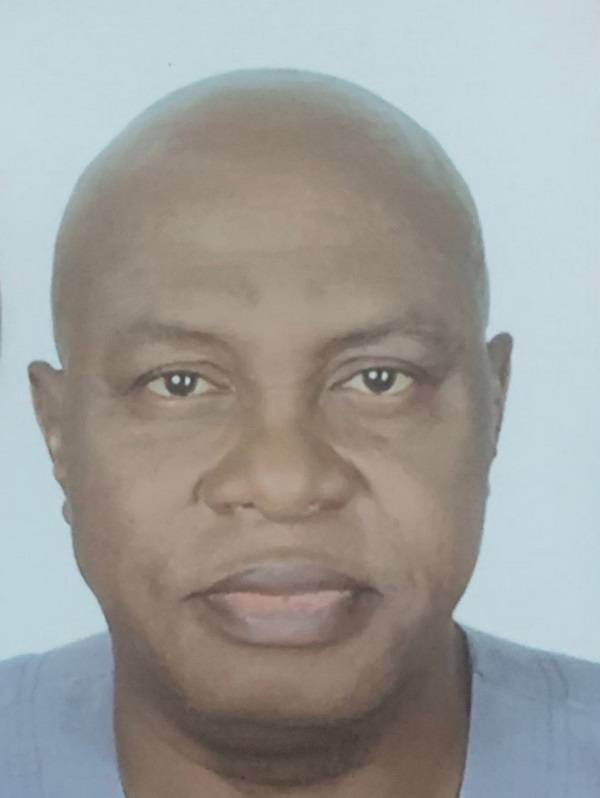
With mobile technologies and services now generating around 5.8% of global Gross Domestic Product (GDP) – a contribution amounting to about $6.5 trillion in economic value – projections indicate that by 2030, this figure will rise to almost $11 trillion, or 8.4 per cent of global GDP.
The Global System for Mobile Communications Association (GSMA) attributes much of this anticipated growth to countries increasingly benefiting from improvements in productivity and efficiency brought about by the expanded adoption of mobile services and digital technologies, including 5G, the Internet of Things (IoT) and artificial intelligence (AI).
To support informed decision-making, the GSMA recently introduced the 5G Connectivity Index, offering insights into 5G performance across 39 markets.
From an economic perspective, the GSMA emphasises the benefits of mobile technologies and services, including 5G, projecting that they will significantly contribute to GDP growth by 2030. The organisation publishes regional reports that highlight the progress and challenges of 5G deployment, with particular focus on areas like Sub-Saharan Africa, Asia and the Middle East.
In Sub-Saharan Africa – especially in countries like Nigeria, South Africa, Egypt, Kenya and Botswana – some measurable progress has been made in 5G deployment.
The rollout of 5G has delivered immense benefits across multiple industry sectors, particularly those that rely on real-time data transfer. This includes IoT and AI applications, where latency and speed are crucial.
More broadly, 5G adoption is expected to fuel increased global data usage, with forecasts predicting mobile data traffic will exceed 300 exabytes per month by 2030 – more than double the volume consumed in 2024, according to Statista.
With a third of the global population expected to be covered by fifth-generation (5G) networks by 2025 – a technology that has redefined communication – the GSMA says 5G has surpassed all previous growth projections.
“5G subscriptions increased by 163 million during the third quarter of 2024, reaching 2.1 billion. By the end of the year, subscriptions rose to nearly 2.3 billion, accounting for over 25 per cent of global mobile subscriptions,” the GSMA reports. “4G subscriptions continue to decline as subscribers migrate to 5G.”
As of the first quarter of 2024, there were nearly two billion 5G connections worldwide, with 185 million new additions. This number is expected to climb to 7.7 billion by 2028.
5G is the fastest-growing mobile broadband technology in history, having reached 1.5 billion connections by the end of 2023. It took just four years to hit this milestone, compared to 10 years for 3G and more than five years for 4G.
“5G is more than just a new generation of technology – it marks a new era where connectivity becomes increasingly fluid and flexible,” the GSMA states. “Networks will adapt to specific applications, with performance tailored precisely to user needs.”
By reaching a third of the world’s population, 5G’s impact on the mobile industry and its users will be profound, the GSMA adds.
To support widespread adoption, the GSMA is collaborating with mobile operators, governments, and key industry sectors – automotive, financial services, healthcare, transport and utilities – to develop robust business cases for 5G.
To further accelerate growth, many telecom operators are integrating AI technology as a core part of their strategic and operational plans. According to the GSMA, “Operators are making significant strides in deploying AI, which is transforming the telecom industry. Autonomous AI-based systems are helping enhance operational efficiency, improve customer experience, and boost security, while opening up new revenue streams.”
Globally, China, South Korea, the United Kingdom, Germany and the United States lead in 5G coverage, driven by extensive network rollouts and the availability of compatible devices.
Since the first commercial 5G launches in late 2018, these countries have emerged as frontrunners. In China, for example, the world’s largest 5G network was launched on October 31, 2019, by the country’s three biggest network operators: China Mobile, China Unicom, and China Telecom. They activated their networks less than five months after being issued licenses and initially offered 5G services in 50 cities at $18 per month.
GSMA projects that 36 per cent of China’s mobile users – about 600 million people – will be on 5G by 2025, representing 40 per cent of the global 5G market.
This growth has continued despite U.S. government efforts to curtail the global expansion of Chinese tech vendors, efforts that may impact Chinese companies’ international reach.
In South Korea, SK Telecom and Korea Telecom are key players in the 5G market. SK Telecom acquired spectrum in the 3.5 GHz and 28 GHz bands to prepare for deployment. In April 2019, it claimed to be the first global mobile carrier to launch 5G services aligned with the Samsung Galaxy S10 5G release, beating U.S. competitor Verizon, which launched mobile 5G before compatible smartphones were available in the American market.
SK Telecom also tested 5G standalone (SA) core networks – independent of 4G infrastructure – in collaboration with Samsung Electronics.
By the end of 2019, China’s three network operators had deployed over 130,000 5G base stations, far exceeding their initial projections. China Mobile alone planned 50,000 stations, while China Unicom and China Telecom each targeted 40,000. These numbers have been significantly surpassed by early 2024.
According to the International Telecommunication Union (ITU), 5G coverage reached 40 per cent of the world’s population in 2023, although this remains uneven. Developed countries have far more extensive coverage than low-income countries.
In Europe, 68 per cent of the population had access to 5G by 2023, followed by the Americas with 59 per cent, Asia-Pacific with 42%, and Arab States with 12 per cent. The Commonwealth of Independent States (CIS) had 8% coverage, while Africa’s 5G coverage reached only 10 per cent.
The ITU notes that while 90% of the global population is covered by 4G, more than half of those without access live in low-income countries, where 3G remains the dominant connectivity option.
The ITU continues to develop international regulations and standards to harmonize and implement broadband mobile networks globally.
In Africa, around a dozen countries – including Botswana, Kenya, Mauritius, Madagascar, Nigeria, Seychelles, South Africa, Tanzania, Togo, Zimbabwe and Zambia – have launched 5G services. But with 54 countries on the continent, penetration remains slow and fragmented.
Ericsson predicts that by 2027, 80 per cent of phone users in Europe will have access to 5G. By contrast, 5G subscriptions in Africa – home to 1.4 billion people – may remain just above 10%. The question remains: why will so few Africans gain access to 5G services?
While many countries are offering robust services, Africa lags. South Africa began commercial 5G rollout in March 2022, following a spectrum auction by the Independent Communications Authority of South Africa (ICASA). Nigeria followed with MTN’s launch in Lagos the same year, later expanding to Abuja, Port Harcourt, Ibadan, Kano, Owerri and Maiduguri. MTN Congo was the first in Central Africa to deploy 5G, while Orange brought the technology to Gaborone and Francistown in Botswana.
Other African nations offering 5G Fixed Wireless Access (FWA) include Angola, Kenya, Zambia and Zimbabwe.
Analysts point to 5G’s potential in Africa, largely due to its fiber-like speeds. However, numerous challenges persist.
Urban areas are nearing saturation, while vast rural populations remain underserved. This urban-rural divide partly explains why Sub-Saharan Africa’s 5G adoption is currently below six percent.
Analysts identify several challenges: spectrum allocation, regulatory barriers, infrastructure deficits, financial limitations, and security concerns.
Spectrum, for example, is a limited resource already in use by broadcasters and satellite operators. Governments must open new frequency bands and offer licenses at reasonable prices.
Infrastructure demands significant upfront investment. 5G networks require costly devices, antennas, and Radio Access Network (RAN) hardware. Additionally, fiber-optic infrastructure is essential to support high-speed 5G services.
Regulatory processes have also been slow. In many countries, licensing and frequency allocation for 5G has yet to begin in earnest.
Most of the required equipment must be imported, which adds to the cost and delays.
Security is another concern. 5G networks are vulnerable to cyber threats, including call tracking and user location exposure.
Despite these challenges, the 5G revolution is well underway. With continued investment, collaboration, and policy support, its transformative potential for global GDP growth and more equitable digital access remains within reach.

